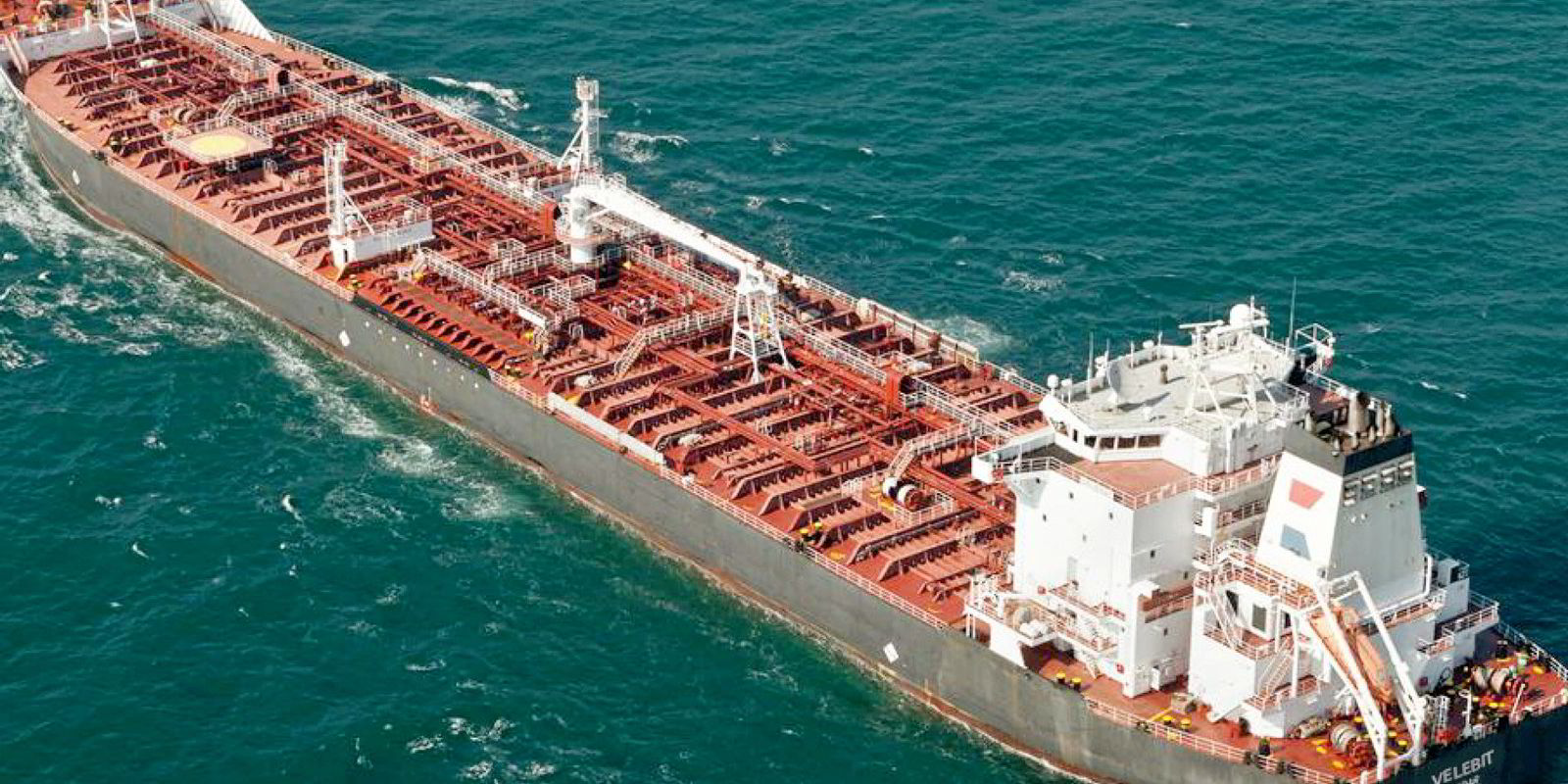Oslo shipbroker Lorentzen & Co has boosted its earnings expectations for tankers in 2023 in fast-changing markets.
It last revised its rate forecasts in May and has not tinkered with them until now due to “uncertainty and market volatility”, it said.
Now, taking into account likely volumes carried and the longer distances over which they are moved, the numbers have been moved up.
Chief shipping analyst Nicolai Hansteen said: “As it now stands, supplies appear to come from all the usual sources of Opec+ members and non-Opec producers such as the US, but the destinations are changing fast, leading to propped-up tonne-mile demand for tankers.
“Even tanker owners shying away from carrying Russian-originated oil, playing it by the book, will find freight rates and vessel earnings improving by overall tonnage thinning out.”
Owners will also be considering an orderbook showing no scheduled deliveries of VLCCs next year, and comprising only 4.1% of the crude fleet and 4.7% of the clean fleet.
That offers a “remarkable prospect” for the tanker market next year and onwards, the analyst believes.
For 2023, Lorentzen is forecasting an average daily rate of $40,000 per day for VLCCs, up from $38,000 previously.
The brokerage expects suezmax earnings to rise $3,000 per day to $32,000 from its earlier estimate, while aframaxes and LR2s have been revised up by $5,000 to $30,000 per day.
MR product tankers should average $23,000 per day, up from a previous prediction of $20,000.
The Baltic Exchange quotes spot VLCC rates from the Middle East to China at $66,000 per day, up $10,500 in a day.
From West Africa to China, rates are now $11,449 per day higher at $66,200.
Middle East relying on Russia?
Brent prices for October 2023 delivery are trading at $81.27 per barrel, $10 lower than front-month contracts.
“By implication, prices reflect increasingly accepted views and indeed fears that the Middle East will rely on Russia to fill in the void of its own reduced supplies,” Hansteen said.
He believes Middle East countries could buy crude from Russia for domestic usage, allowing its own producers to service Asian buyers.
For petroleum products, the Middle East could take distillates and heavy fuel oil from Russia, along with new markets in Brazil that are nowadays dependent on the US for gasoil imports.
Bloomberg has reported that Turkey is taking a lead role in the latest buying of Russian barrels.
But most tankers are ending up in India, with a smaller number heading further east to China.





